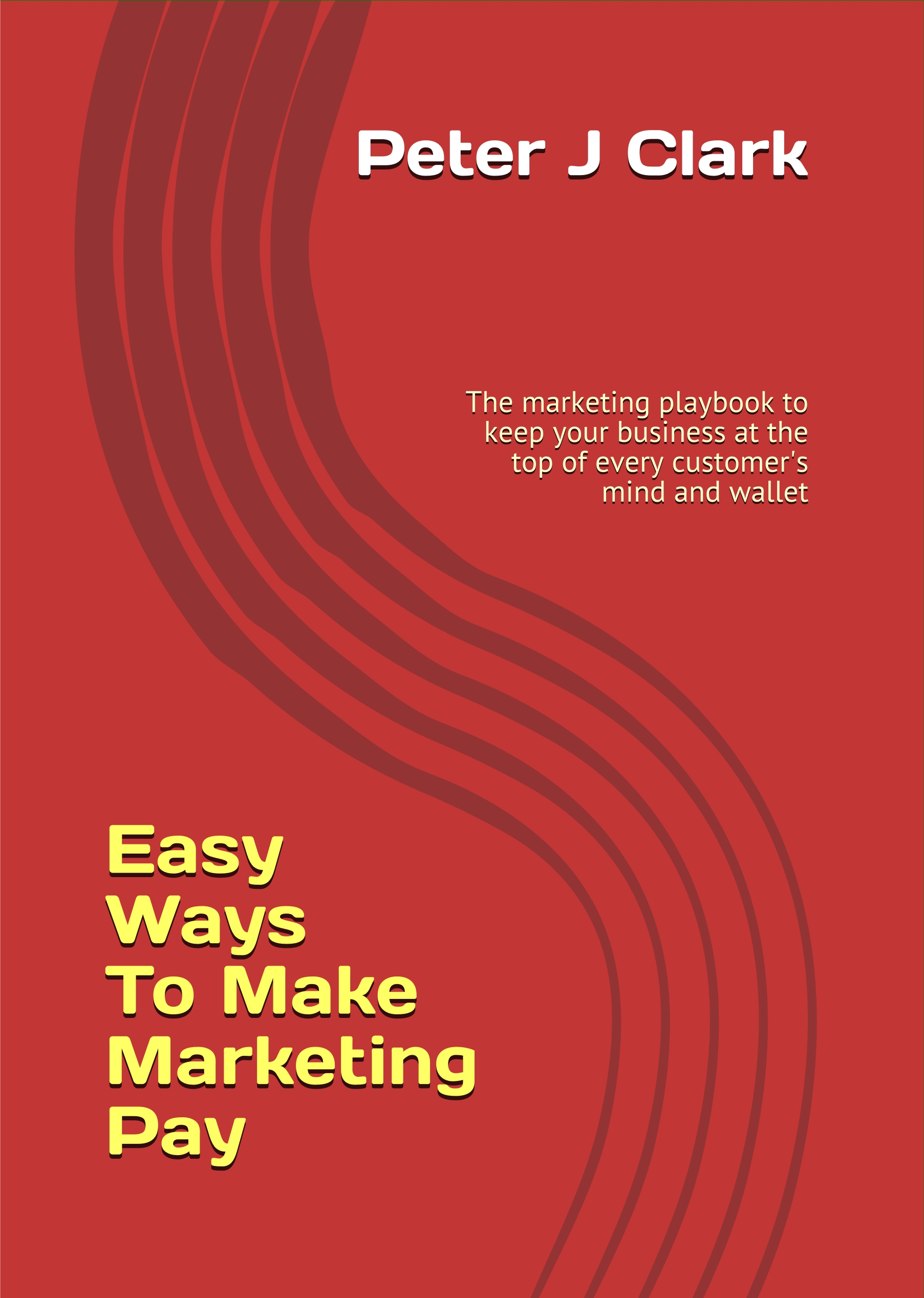Generation Rules in Digital Marketing
Brands are fast realising the concrete importance of technology in marketing efforts. This was evidenced in 2014 when Gartner reported 81% of organisations have the equivalent of a chief marketing technologist - and this trend is further evidenced by the booming marketing technology industry, with the list of digital marketing and customer experience management vendors growing, according to Paige O'Neill, chief marketing officer for SDL.
Brands are at the mercy of their customers, who expect to be engaged with on their terms and in their language. These high expectations mean companies must adapt and provide integrated and targeted experiences that boost customer engagement, retention and loyalty. However, it's often the case that brands race to achieve this engagement and loyalty by utilising a single quick-fix IT solution and employing mass-scale digital marketing efforts.
Mass marketing is the vanilla of flavours; it's palatable to all but not likely to be the favourite flavour of each and every customer. Mass marketing 'spray and pray' efforts result in fragmented interactions that aren't the personalised, relevant and consistent experience each customer expects and craves. X customer wants chocolate, Y customer wants strawberry, and marketers have to identify and capitalise on these varying preferences.
To avoid these pitfalls and ensure strong relationships between brands and their customers are built, best practice recommends segmenting customers and integrating overarching marketing strategies across the varying channels and platforms each segment prefers. SDL conducted a survey of 2,835 consumers across six continents, nine markets, five languages and four generations revealing the average customer-brand relationship takes time to build and develop.
On average, it takes more than two years for brands to gain trust and commitment from customers. Moreover, it takes at least five years to convert this commitment to 'greater than average' spend. These findings may seem discouraging at face value but there are ways brands can be smart and strategically speed this process along.
By asking its diverse set of respondents to reveal their preferred traditional and digital platforms, SDL's study revealed great differences between generations.
Three key generational differences should be kept in mind when targeting customers:
- There are two species of millennials and they should be targeted separately. A lot of debate and interest surrounds the elusive 'millennials'; a generation of consumers born between 1979 and 2000. Marketers should approach this diverse generation by segmenting it into two groups: the older and the younger millennials. Just as the styles of the 1980s and the 1990s differ greatly, the technological landscape differs equally between the two decades of the millennials generation.
While the entire millennial cohort favours social media channels, what each group wants from a brand experience is very different. Older millennials are more receptive to branded Facebook pages and mobile websites. When targeting younger millennials, marketers should use Twitter and online customer communities.
- Gen X prefers more traditional online channels. Having grown up in a time where technological developments were rife, Gen X understands the convenience of technology. Having said this, they are less likely to engage with brands on the more contemporary social media platforms, preferring informational websites and online chats.
- Baby Boomers want offline person-to-person engagement. Baby Boomers grew up in a landscape completely different to the one their children grew up in. There were no desktop computers, mobile phones and certainly no social media platforms. Consequently, Baby Boomers want their engagement through personal interactions and customer help lines.
It may seem daunting when faced with an infinite number of digital channels but the trick is simple: adopt an integrated approach to marketing where the customer is put in the driver's seat. The customer should drive how, where and when they engage with brands. The varying characteristics and mindsets of customers need to be taken into consideration.
Targeting a Baby Boomer through Instagram likely won't be the engagement they are expecting or demanding. Similarly, younger millennials aren't going to readily consume informational sites in the same way members of Gen X would. This is why quick-fix mass-scale digital marketing efforts fail.
"Marketers must take the time to uncover and leverage demographic data and insights such as generational channel preferences to formulate relevant and personalised experiences," concluded O'Neill.
Sources: SDL / The Marketing Factbook.
Copyright © 2015 - 2025 The Marketing Factbook.
Categorised as:
- Customer Experience
- Customer Loyalty
- Knowing The Customer
- Marketing Know-How
- Marketing Technology
